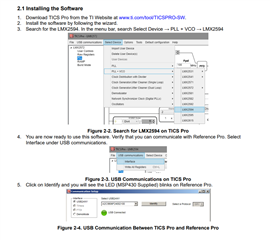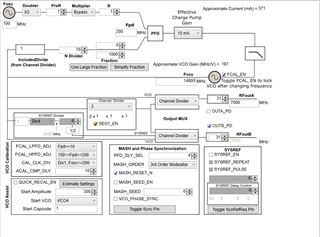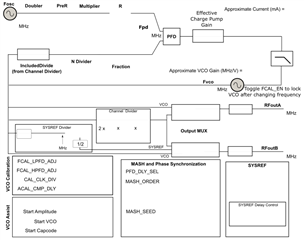Dear Sirs,
Good morning.
After assembling the LMX2594EVM kit, connecting the boards to the relevant instrumentation, and installing the GUI, we noticed that the input boxes for entering the configuration values do not enable at all. It seems as if there is some sort of incompatibility between the firmware versions of the LMX2594EVM boards (SV601308) + SV601349 and the TICS Pro GUI v1.7.7.1. We have made several attempts and searched the internet for any useful information, but to date, we have not been able to resolve the issue.
Could you provide any helpful suggestions?
Looking forward to your kind attention to this matter, I remain
Yours sincerely, Luca Mucchi




